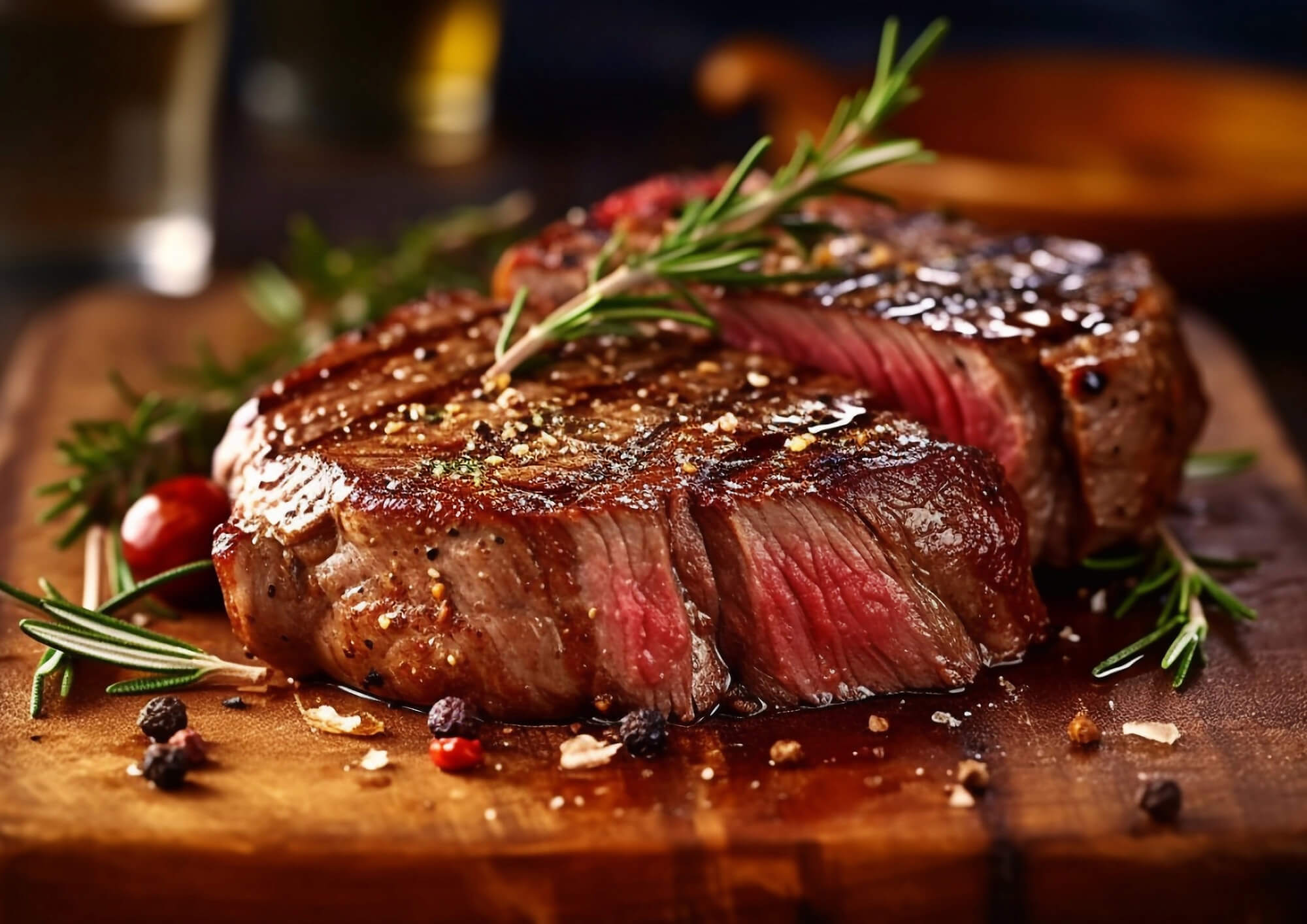Meat has played a significant role in the culinary traditions of cultures of the world for millennia. Beyond its delightful taste and versatile flavours, meat holds cultural significance in several areas of our lives. What started as a symbol of wealth is now a staple in our everyday lives. Our abundant access to a wide variety of meat options showcases the development of both our farming methods and our broader standard of living.
This article explores how meat has shaped societies, traditions, and individual health choices across the ages.
Meat as a Symbol of Wealth
Historically, several cultures considered meat as a luxury item; a delicacy reserved for special occasions or exclusively for the affluent
Its scarcity and high cost in earlier times made it a status symbol, representing prosperity and wealth. In feasts and celebratory gatherings, the presence of meat on the table signified abundance and opulence, elevating the importance of the event and indeed the person hosting it, thereby reinforcing one’s social status.
In some cultures, the concept of "meat as wealth" persists to this day and although meat is so common that we no longer consider its presence as a meaningful indicator of wealth, its absence is nonetheless observed as an indicator of poverty, save for those that choose not to eat meat owing to their declared values or beliefs around health.
Advanced Farming Practices Signify a Higher Standard of Living
The inclusion of meat in traditional cuisines reflects a society's agricultural and farming advances. In other words, the more ubiquitous meat is in a given society, the more developed its farming industry is considered to be. From pasture-raised cattle to free-range poultry, the preparation and consumption of meat reflects the evolution of farming methods and animal husbandry practices.
This provides insight into the broader standards of living of a given society as it is generally perceived that those that can afford meat are generally doing better than those that can’t, particularly because meat has traditionally been more expensive than vegetables and is in some respects more nutrient dense.
Moreover, the selection of certain animals as primary meat sources reveals a nation's valuable natural resources because sheep and lamb are prevalent only in areas with abundant grazing lands.
_______________________________________________________________________________________
Must read: For All You Grill Seekers Out there______________________________________________________________________________________
Bonding Over Dinner
In many cultures, meat was typically reserved for special family gatherings or festive occasions. Meat has therefore been associated with good times that bring people together. The preparation of traditional meat dishes often involves time-honoured recipes passed down through generations, preserving cultural heritage and customs.
These simple, yet often overlooked features of eating meat really contribute to our appreciation of it in our favourite dishes, particularly BBQs where the whole family either partakes or witnesses the cooking of the meat. The fragrant aromas of a BBQ awaken our senses and forge powerful experiences and memories that we hold onto and enjoy for years to come.
Meat and Health
Meat has been a fundamental part of human diets for several thousands of years, providing essential nutrients such as protein, vitamins, and minerals. It is believed that meat significantly contributed to our development into modern humans and we therefore benefit from it immensely.
While there is an abundance of nutritional benefits to eating meat, it is popularised that less is sometimes more, and a more varied diet that includes more fish, fruit, vegetables and nuts is encouraged.
We couldn’t agree more, and reducing your quantity of meat consumption enables you to invest in higher quality, organic meat to ensure that you get the most out of your consumption. Halal Origins encourages everyone to have a balanced diet and to eat only the finest of ingredients, after all, you are what you eat.
Flavour and Culinary Diversity
Beyond its cultural symbolism, the flavour of meat has shaped culinary traditions and gastronomic preferences worldwide. Different types of meat, from tender and succulent beef to aromatic and spiced lamb, contribute to the diverse array of global cuisines. The method of preparation, cooking techniques, and seasoning further enhance the unique flavours and textures that meat brings to various dishes.
Meat has also inspired creativity in culinary arts, leading to the development of signature dishes and iconic recipes in different regions. The distinct flavours and textures of meat have fueled culinary innovation and cross-cultural exchange, enriching the global food landscape.
Conclusion
Meat's role in cuisine goes beyond mere sustenance, as it is intrinsically linked to cultural traditions, societal values, and familial dynamics. Throughout history, meat has been a symbol of affluence, an indicator of farming advancements, and a medium for cultural bonding. Culinary traditions built around meat have influenced family gatherings and communal celebrations, fostering a sense of togetherness and identi
The cultural significance of meat in cuisine continues to shape societies and traditions, celebrating the richness of human heritage and the bond between people and the food they cherish.
Here at Halal Origins, we appreciate the value that quality meat has on your cherished family meal times and nothing brings us more joy than to be a positive part of your experience. We deliver the finest halal, organic meat directly from the farms to your front door.
So, don’t delay and order today and you can enjoy your favourite succulent meat options in time for dinner tomorrow.

